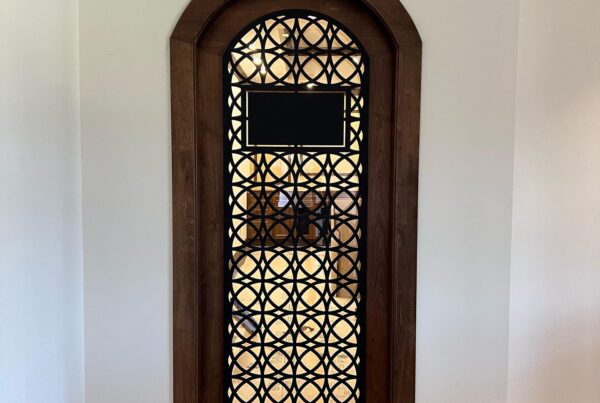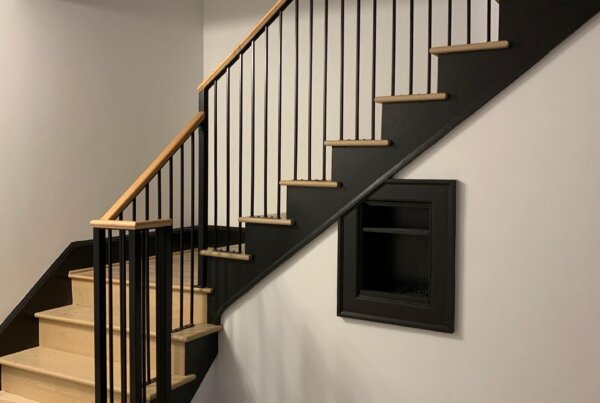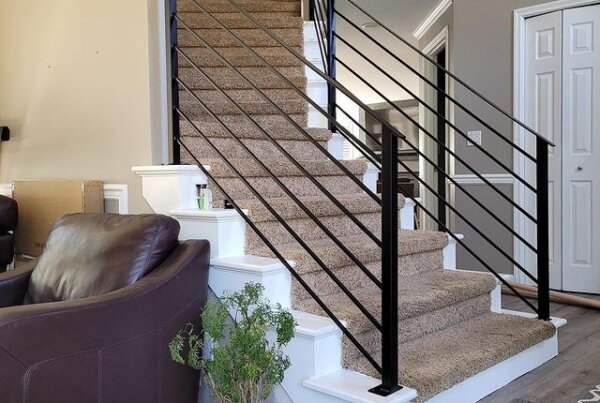Forged garden fences – production, types, advantages
Products with elements of forging look organically part of the garden, among green spaces and flowers. Fences can enclose an entire area or divide separate areas – for example, a lawn or a flower bed. Forged patterns can be combined perfectly with living plants, emphasizing their beauty.
Benefits
Wrought iron garden fences have a number of advantages.
Strength. Forged items can look fragile, especially when they echo floral or floral motifs. But they are made of metal, which itself is strong and reliable, resistant to mechanical damage.
Design. With the help of forging, you can create unique fences: a laconic style with straight lines and geometric shapes or skillfully intertwined lace patterns. Craftsmen create masterpieces from which it is difficult to remove your eyes.
Life time. Metal fences are covered with anti-corrosion coatings – frost, rain, snow, and UV light, does not spoil these products. The fence can stand in its original form for decades.
Ease of maintenance. No special care is required for forged products – it is enough to monitor and clean so that no dirt accumulates.
Manufacturing
Before making a forged garden fence, you need to make design calculations. For this, measurements need to be made on the site. It is necessary to calculate the length and height of the fence, calculate how much material is required
Also, a design project is prepared in advance: what features will the fence have, the type of construction – open, solid with a professional sheet or corrugated board.
The structure is carried by supporting pillars – they are installed together with the foundation. Fix. Add fasteners. Then the sections with a forged pattern are installed. Sometimes they are welded for reliability.
The fence is degreased, cleaned and covered with an anti-corrosion compound. Then painted in the selected shade. The fence can be given an interesting antiquity effect with the use of patina.
Open and solid fences
An open fence consists of forged elements only. It is opaque, and does not hide the area from the eyes.
The solid fence is partially or completely covered with corrugated sheet or polycarbonate. In the second case, it turns out to be translucent. Forging is combined with various materials – forged elements can decorate a fence made of brick or wood.
For the garden, transparent fences are more often chosen.
Design options
The design of the fence can be laconic or lush, with many details. It is important that the fence looks in harmony with the background of the site and the dwelling. Many people choose a design with a variety of images of nature for a garden fence. Often in the forged pattern one can see a grapevine, graceful roses, branches with leaves, even reeds that look almost real. The skill of the blacksmith allows you to achieve the effect of fragility of forged plants and flowers – as if they are about to sway in the wind.
The lines of the drawing can smoothly flow into one another, form circles, squares, curls. If you prefer a Gothic style, the fence will surely be decorated with sharp peaks. The variety of curls characterizes the baroque fencing. Nature-related patterns are used in classic fencing. They are all characterized by a pattern of repeating elements.
Garden fences vary in height. A high fence can be installed around the entire site. And separate areas in the garden, lawns, flower beds – are separated by low fences. Such fences are more decorative than protective.
Whichever fence you choose for your site, it is important to select who will manufacture and install your fence. Contact a reliable company with responsible, attentive and experienced forging craftsmen. It is more efficient to order a comprehensive service, including the development of a design project, manufacturing, installation and warranty service.





